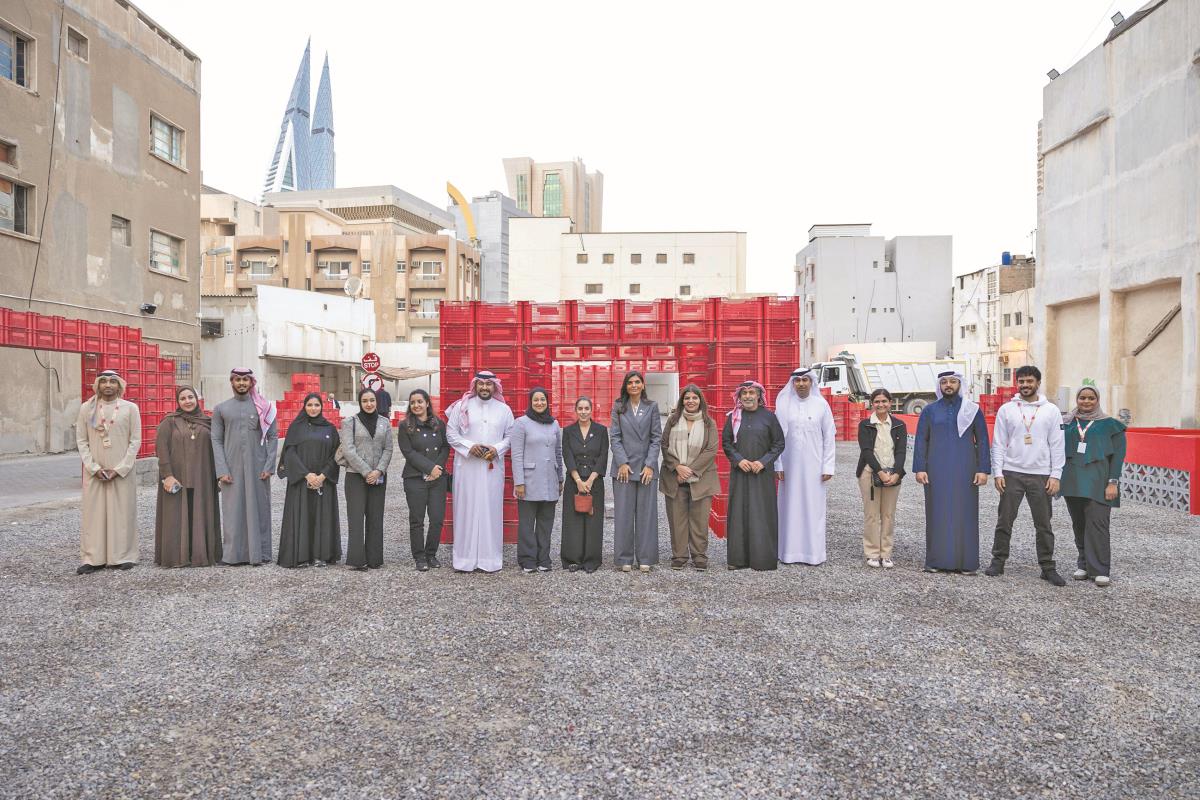
Spin-off MIT Quaise says it will use hijacking fusion technology to drill the deepest holes in history, unlocking clean, virtually limitless, supercritical geothermal energy that can replenish fossil fuel power plants around the world.
Heat underfoot
Everyone knows that heat is the core of the Earth, but perhaps its extent has the power to surprise. Temperatures in the iron center of the nucleus are estimated at 5,200 ° C (9,392 ° F), which is generated by the heat of radioactive decaying elements along with the heat left over from planet formation - a phenomenon of catalytic violence like a swirling cloud of gas and dust crushed into sphere of own gravity.
If there is access to heat, geothermal energy is available. And according to Paul Woskov, chief fusion research engineer at MIT, there is so much heat beneath the earth's surface that just pumping 0.1 percent of it could supply the world's energy for more than 20 million years. The deepest holes in human history are not deep enough
If we can drill deep enough, we can place geothermal power plants where we want them. But it's harder than listening. The soil layers vary in thickness between about 5-75 km (3-47 miles), with the thin sections probably coming from the depths of the ocean.
The deepest hole a person has ever drilled is the Superdeep Borehole Wheels. This Russian project near the Norwegian border began in 1970 and focused on piercing the skin of the coat, and one of its openings reached a vertical depth of 12,289 m (40,318 p) in 1989 before it was decided. t. go deep and run without money. At this depth, the Kola team members expected a temperature of around 100 ° C (212 ° F), but in fact found it close to 180 ° C (356 ° F). The rock is less dense and porous than expected, and these factors are combined with high heat to create appalling drilling conditions. Kola's location has completely collapsed, and this "entry into hell," the culmination (or perhaps the lowest) of human success, is now an unknown, weld-closed hole.
Germany spent the equivalent of more than a quarter of a billion euros on its own version in the late 1980s, but Germany's mainland deep drilling program, or KTB well, reached only 9,101 meters (29,859 feet) to the left. The temperature rose again earlier than expected, and the KTB team was also surprised to find that the rock at this depth was not good and that a lot of liquid and gas went into the well, which complicated the effort. These temperatures are high enough to prevent the drilling process, but they are not high enough to create a good geothermal energy trade. As these and other projects become valuable scientific resources, new technologies are needed to unlock the geothermal potential beneath our feet.
Direct energy drilling: the way forward
Where conditions have become too difficult for physical drills to operate, researchers have explored the possibility of direct energy beams to heat, melt, break and even vaporize rock in a basement in a process called shattering before the drill touches it. You can see the effect of shattering on the hard rock on GIF below Petrina's boring robot "Swifty", although Petra did not reveal exactly what was used to create this heat.
Military experiments in the late 1990s showed good results that laser-assisted drilling could penetrate rock 10-100 times faster than conventional drilling, and you can bet it's important for these oil and gas companies. The direct energy drilling process, written by Impact Technologies President Kenneth Oglesby in a 2014 MIT report for the US DOE geothermal technology program, will provide a number of benefits: “1) no mechanical well systems that could rot or break; 2) no temperature limit. , 3) the same ease of penetration of the hardness of each stone, and 4) the potential to replace the need for cladding / cement with a durable glaze.
The last point is interesting - the direct energy drill effectively cauterizes the rock it cuts, melts the boreholes on the fly and polishes it into a glass layer that covers liquids, gases and other contaminants that have caused problems in the past. ultra-deep well projects.
But lasers, Oglesby wrote, mustard does not cut. "The deepest rock penetration ever achieved with lasers is only 30 cm (11.8 inches). There are basic physical and technological reasons for the lack of progress in laser drilling. First, the flow of particles around the rock is extracted inconsistently with short wavelengths. energy that is dissipated and absorbed [into clouds of dust and particles] before contact with the desired rock surface. Second, laser technology is energy efficient, inefficient and expensive. "
Remove the gyrotron and the energy beams of the millimeter waves
It seems that a solution could come from the world of nuclear fusion. To mimic the conditions that crush the atoms in the heart of the Sun, and thus release the safest and purest form of nuclear energy, fusion researchers must be able to generate a tremendous amount of heat. In the case of the ITER project, we are talking about a duration of 150 million degrees. Merger research has generated billions of dollars in international government funding, accelerating growth and commercialization in other areas without a budget.
One example is the gyrotron, a device originally developed in Soviet Russia in the mid-1960s. Gyrotrons generate electromagnetic waves in the millimeter-wave portion of the spectrum, with wavelengths shorter than microwaves but longer than visible or infrared light. In the early 1970s, researchers working on tokamak designs for fusion reactors found that these millimeter waves were an effective way to heat plasma, and over the past 50 years, advances in gyrotrons have brought impressive advances in fusion research and DOE funding.
In fact, gyrotrons are now available that are capable of generating continuous power rods with a power of one megawatt, and this is a special message for deep drills. "The scientific basis, technical feasibility and economic potential of drilling millimeter waves with controlled energy at frequencies from 30 to 300 GHz are strong," wrote Ogilvy. It prevents Rayleigh scattering and can combine / transfer energy to the rock core 1012x more efficiently than laser sources in the presence of low particle emissions. Continuous megawatt power in millimeter waves can also be efficiently transmitted (> 90 percent) over long distances (> 10 km) using various modes and waveguide (tube) systems, including the potential to use a smooth, rounded and connected / coupled bore. tubing. "
"Thermodynamic calculations," he continued, "suggest that a breakthrough rate of 70 meters / h (230 feet / h) is possible in 5 cm (1.97 inch) wells with a 1-MW gyrotron rock pair. With 100% efficiency. with lower or higher power (e.g.
This is a huge improvement over traditional oil and gas projects - but if not many other surprises, it should also change the equation for ultra-deep drilling, which allows for cost-effective digging deep enough into the crust to open. something. huge potential of geothermal energy.
Quaise: Commercialization of ultra-deep, supercritical geothermal energy
In 2018, the MIT Plasma Science and Fusion Center created a company called Quaise, specifically focused on ultra-deep geothermal energy with hybrid systems that combine traditional rotary drilling with gyrotron-driven millimeter-wave technology while argon is pumped as a purge gas for cleaning. and cool the well while firing rock particles back up and out of the way.
The company has so far received approximately $ 63 million, consisting of $ 18 million in seed funds, $ 5 million in grants and $ 40 million in the Serie A funding round that ended earlier this month.
Quaise plans to drill and drill holes up to 20 km (12.4 miles) deeper than the Kola Superdeep Borehole - but where the Kola team took almost 20 years to reach its limit, Quaise expects the gyrotron-enhanced process to take only 100 days. . And that's what the 1-MW gyrotron says.
At this depth, Quaise expects temperatures to reach 500 ° C (932 ° F), well above the point where geothermal energy will make a big leap in efficiency.
"Water is a supercritical fluid at pressures greater than 22 MPa and temperatures above 374 ° C (705 ° F)," Quaise said. "A power plant that uses supercritical water as a working fluid can get 10 times more usable energy from each drop compared to non-supercritical power plants.
Quaise is working on full-fledged demonstration machines deployable in the field, which are said to start operating in 2024. By 2026, it plans to put into operation its first "super-hot enhanced geothermal system" with a capacity of 100 megawatts.
The next step is a commercial genius: Quaise plans to use existing infrastructure, such as coal-fired power plants, which will eventually be curtailed as emissions restrictions tighten. These facilities already have large steam-to-electricity capacities, such as incumbents and skilled workers, and can be easily connected to the electricity grid. Quaise will simply replace its existing fossil fuel heat sources with enough supercritical geothermal energy to keep the turbines running forever without the need for another piece of coal or a cloud of methane.
World wide it has been noticed that there is a significant increase in individuals, entrepreneurs and business a like that are becoming reliant preprocess on creative ways and technology to fund their projects by taking loans in the form crypto currency, crypto donations, crypto crowdfunding and even issuing there own crypto currency to fund the project. Such as Myconstant a crypto bank and other fintech technology providers through partnership and dealings. preprocess




























































